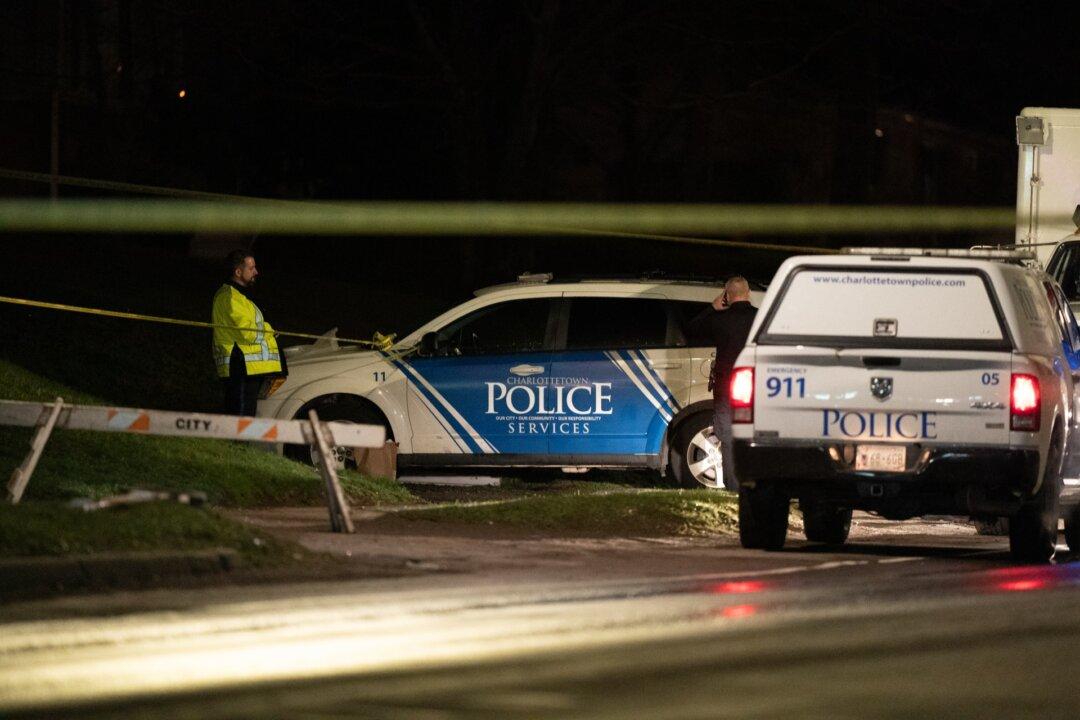A decade ago, young offenders were mostly motivated by poverty, say some youth workers. Now, you have kids as young as 13 getting high on crystal meth, making them paranoid and violent; violent subcultures are reaching into middle-class homes like never before; and young men are increasingly lacking positive masculine role models and struggle with self-esteem, causing them to seek brotherhood in gangs.
Canada’s youth crime is on the rise. The number of youth accused of murder nearly tripled in 2022, according to Statistics Canada. Forty percent of Toronto principals reported a rise in violent behaviour in schools, says a survey conducted last year by the Toronto School Administrators’ Association.





